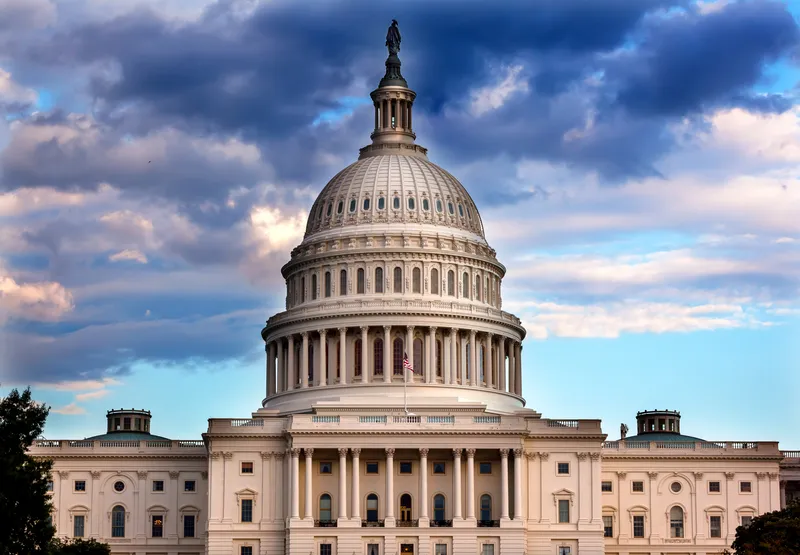Vermont plans to spend a record US$685.7 million on transportation projects under legislation signed by Governor Peter Shumlin. The FY 2015 Transportation Bill contains the largest investment in transportation infrastructure in state history. The bill provides for infrastructure improvements and maintenance and supports the Agency of Transportation’s (VTrans) vision of a safe, efficient, multimodal transportation system that promotes Vermont’s quality of life and economic growth. It also supports the contin
June 4, 2014
Read time: 2 mins
The budget represents an increase of 5 per cent, or US$32 million, compared to the FY 2014 budget of US$653 million, and will fund more than 800 projects around the state. It provides for seven per cent increase in roadway paving that will cover almost 400 miles and a six per cent increase for bridge repair and replacement.
“This budget makes sound investments in our infrastructure that will grow Vermont’s economy not only by directly creating jobs in the construction industry, but also by supporting other important economic sectors, such as tourism, agriculture, hospitality, manufacturing, among others,” said Shumlin.
“Several successive years of record level investment are yielding positive results,” said Transportation Secretary Brian Searles. “We are seeing improved performance in pavement quality and in the condition of our structures. To continue these gains, this transportation bill will advance the repair or replacement of more than 100 bridges, perform preventive maintenance on dozens of structures, and improve more than 375 miles of pavement.”
The budget also includes $13.3 million for highway safety and traffic operations, a US$1.8 million increase (16 per cent) over FY2014 and includes funding for such projects as intersection reconstruction, roundabout construction, turn lane additions, work-zone assistance to municipalities, the High Risk Rural Roads (HRRR) program and the installation of signs, beacons, signals and pavement markings. This program also funds the efforts associated with Vermont’s Strategic Highway Safety Plan.









